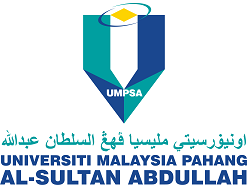A Preliminary Study of Postural Problems among Oil Palm Workers: Is OWAS method suitable to investigate those problems?
DOI:
https://doi.org/10.15282/ijets.5.2016.1.10.1049Keywords:
Posture analysis, OWAS method, manual work, oil palm industryAbstract
An ergonomics risk assessment is crucial in every organization; various exposure measurement techniques were developed. Among them, observational technique is the most commonly used. In agricultural sector such as in oil palm plantation, ergonomics problems are prominent. Oil palm fruit harvesters and collectors perform various types of manual work activities and work postures, which can exposed them to many different types of muscular skeletal disorders (MSDs). To have the accurate measurement results so that correct control measure could be observational techniques have to be chosen correctly. In this study, postural analysis was conducted to identify and understand the physical loads faced by manual oil palm fruit harvesters. Their activities and postures while performing harvesting and collecting fresh fruit bunches (FFB) activities were video recorded. Later, their body postures were assessed using Ovako Working Posture Analysis System (OWAS) method. It was found oil palm fruit harvesters were exposed to many awkward postures while performing harvesting and manual handling of FFB activities. The authors found it very difficult to quantify the actual load faced by the oil palm fruit harvesters, while they are performing each hazardous posture due to the unavailability of certain parameters such as: posture duration and repetitive work in OWAS. In addition, OWAS was not capable of quantify separately the workload of upper extremities. In essence, it can be concluded that OWAS method due to its limitations was not suitable for conducting postural analysis during harvesting and collecting of FFB.


